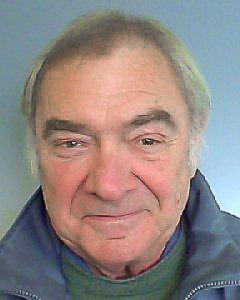Paul joined the Radiation Group at CERN's Laboratory II in March 1972. He carried out tests on materials and components that were used in the construction of the SPS.
Following the commissioning of the SPS in 1975 and when the two laboratories were merged into one, Paul became a member of the Radiation Protection group. There, he had two roles: the first as a radiation protection officer in the underground areas, where access and personnel protection issues were of crucial importance; and the second testing the radioresistance of many different types of materials. Thanks to his detailed analyses and shrewd interpretation of the results, he became a recognised expert in the field - a recognition that extended far beyond the boundaries of CERN. He wrote many reports and co-authored several volumes of the CERN "yellow reports" issued as a catalogue on the radioresistance of materials and which continue to serve as reference works today.
In July 1988 Paul had a career change and joined the General and Electrical Safety group as a general safety inspector. Once again, he became an expert in two fields: those of safety inspection and applied ergonomics. He developed the latter field in collaboration with the Medical Service as ergonomics and the problems of working on VDUs increasingly became a focus of public attention. In addition, once the highly complex assemblies needed for the LEP had been received and commissioned, the issue of noise in the workplace and the environment needed to be addressed. Paul's work in this field made a decisive contribution to reducing noise pollution.
Paul retired in December 2004. After fewer than 8 years of retirement, he has left us much too early. We will remember him as a vivacious and dynamic colleague who worked quickly, independently and efficiently. We, his former colleagues, are deeply saddened by his untimely death and would like to convey our deepest sympathy to his family and close friends.
His friends and colleagues at CERN

